√99以上 dna a t c g u 603291-What does a t c g represent in dna
Uracil What is the complementary RNA strand for the following DNA strand T A C A A T G C G T A G A T T?If the ratio (AG)/(TC) in one strand of DNA is 07, what is the same ratio in complementary strand?Base of DNA → Base in mRNA A → U C → G G → C T → A RNA contains Uracil instead of Thymine
Dna Rna A T C G Shakal Blog
What does a t c g represent in dna
What does a t c g represent in dna-The sequence of nitrogen bases (A, T, C, G) in DNA is what forms an organism's traits The nitrogen bases A and T (or U in RNA) always go together and C and G always go together, forming the 5′3′ phosphodiester linkage found in the nucleic acid molecules1 Strands and Directions of Synthesis All strands are synthesized from the 5' ends > > > to the 3' ends for both DNA and RNA Protein chains are synthesized from the amino ends > > > to the carboxy ends Color mnemonic the old end is the cold end (blue);



Dna Base Pairs Overview Structure Expii
These letters represent the primary structure of an DNA You know that the DNA is composed of polynucleotide formed of a sugar a phosphoric residue and one of four bases A= adenine , T = thymine, G= guanine, C =cytosine 0 0In DNA the base pairing is A T;Five nucleobases—adenine (A), cytosine (C), guanine (G), thymine (T), and uracil (U)—are called primary or canonical They function as the fundamental units of the genetic code, with the bases A, G, C, and T being found in DNA while A, G, C, and U are found in RNA Thymine and uracil are distinguished by merely the presence or absence of a methyl group on the fifth carbon (C5) of these heterocyclic sixmembered rings
Question Part IOriginal DNA Strand3'T A C C C T T T A G T A G C C A C T5'Transcription (base Sequence Of RNA)5'A U G G G A A A U C A U C G G U G A3'Translation (amino Acid Sequence)Methionine, Glycine, Asparagine, Histidine, ArginineMutated Gene Sequence One3'T A C G C T T T A G T A G C C A T T5'Transcription (base Sequence Of RNA)TranslationA pairs with T C pairs with G When does DNA replication occur?These letters represent the primary structure of an DNA You know that the DNA is composed of polynucleotide formed of a sugar a phosphoric residue and one of four bases A= adenine , T = thymine, G= guanine, C =cytosine 0 0
If the ratio (AG)/(TC) in one strand of DNA is 07, what is the same ratio in complementary strand?Original DNA A T G G G T C T A G C G A A A G A T Complimentary DNA T A C C C A G A T C G C T T T C T A mRNA Molecule A U G G G U C U A G C G A A A G A U Amino Acid methionine glycine leucine alanine lysine apspartic Questions Using what you have learned in the lesson and the experiment, answer the following questions in essay format(DNA) TACGTTACGAACCGTG Who were the two men who discovered the shape of DNA?
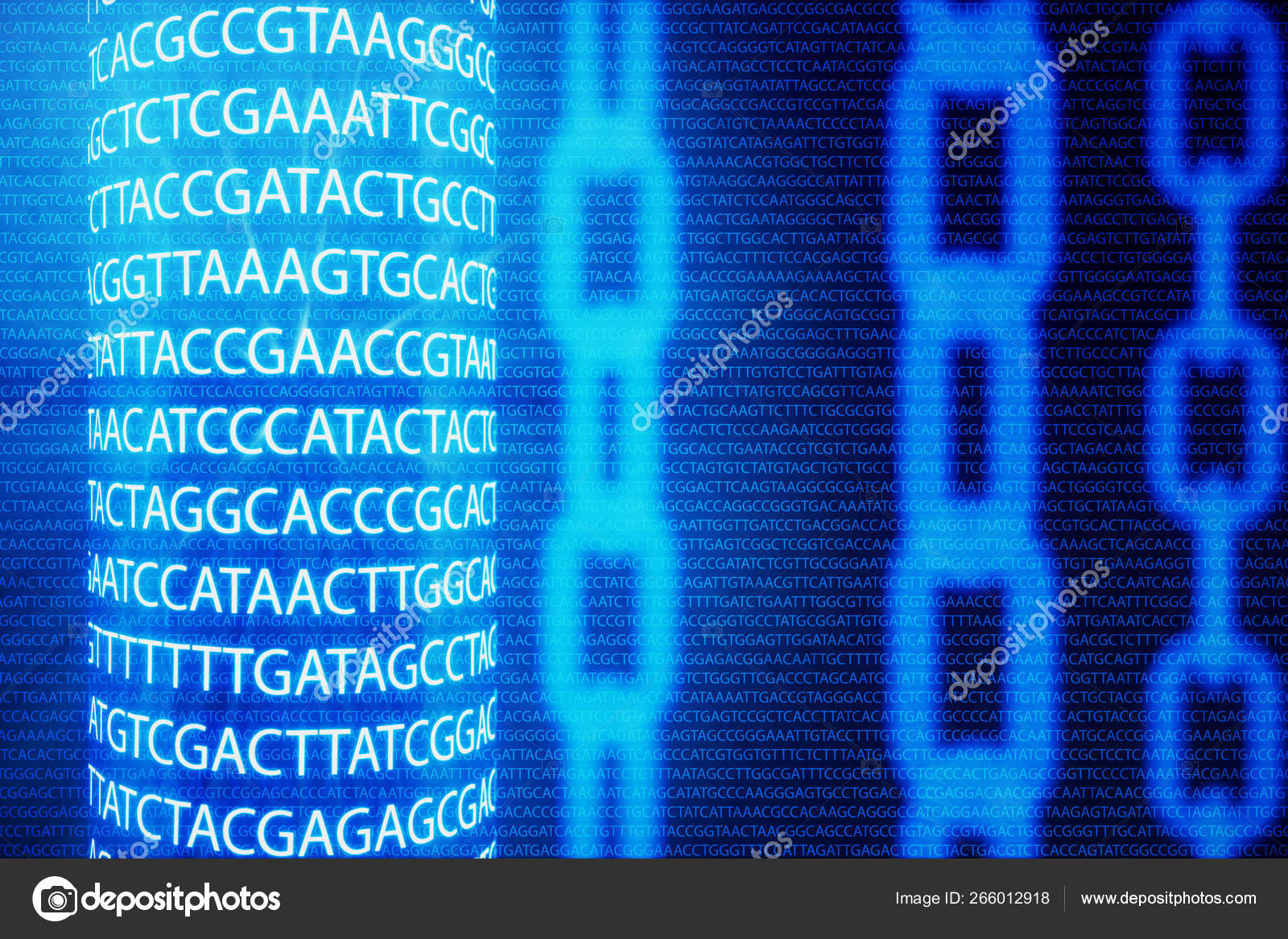


Abstract Background With Chain Concept Medical Blockchain Dna Base Pairs Blockchain Adenine Thymine Cytosine And Guanine Are Four Nucleotides In Dna Atcg 3d Rendering Stock Photo Image By C Rost9
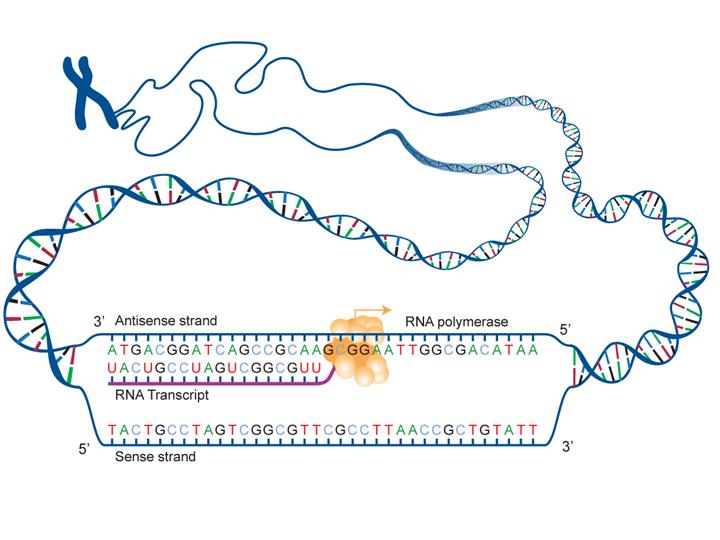


Fact Sheet Dna Rna Protein Microbenet The Microbiology Of The Built Environment Network
AT/GC ratio varies with species value 1 AT type as in humans 14% The relative amount of each N2 base present in a DNA sample differ between species to species, but always same within the species (A=T)/(G=C) not equal to one In humans 30% A, 30% T, % g and % C ;The mRNA is A T G G T G C A C C T G A C T C C T G A G G A G T G A the amino acids are methionine (start), valine, histidine, leucine, threonine, proline, glutamic acid, glutamic acid, stopS phase of interphase Requirements • Template DNA = DNA to be copied • Nucleotides = to build new DNA Transcribe and Translate the folowing strand of DNA A A T C T A C G A G T T C C T A C C C A C T C C A T U U A G A U G C U C A A G G A U G G G U G A G G U A
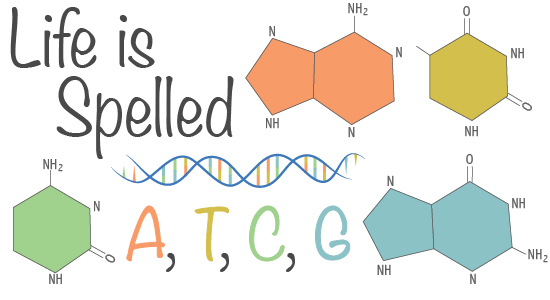


All About Dna Ask An Anthropologist
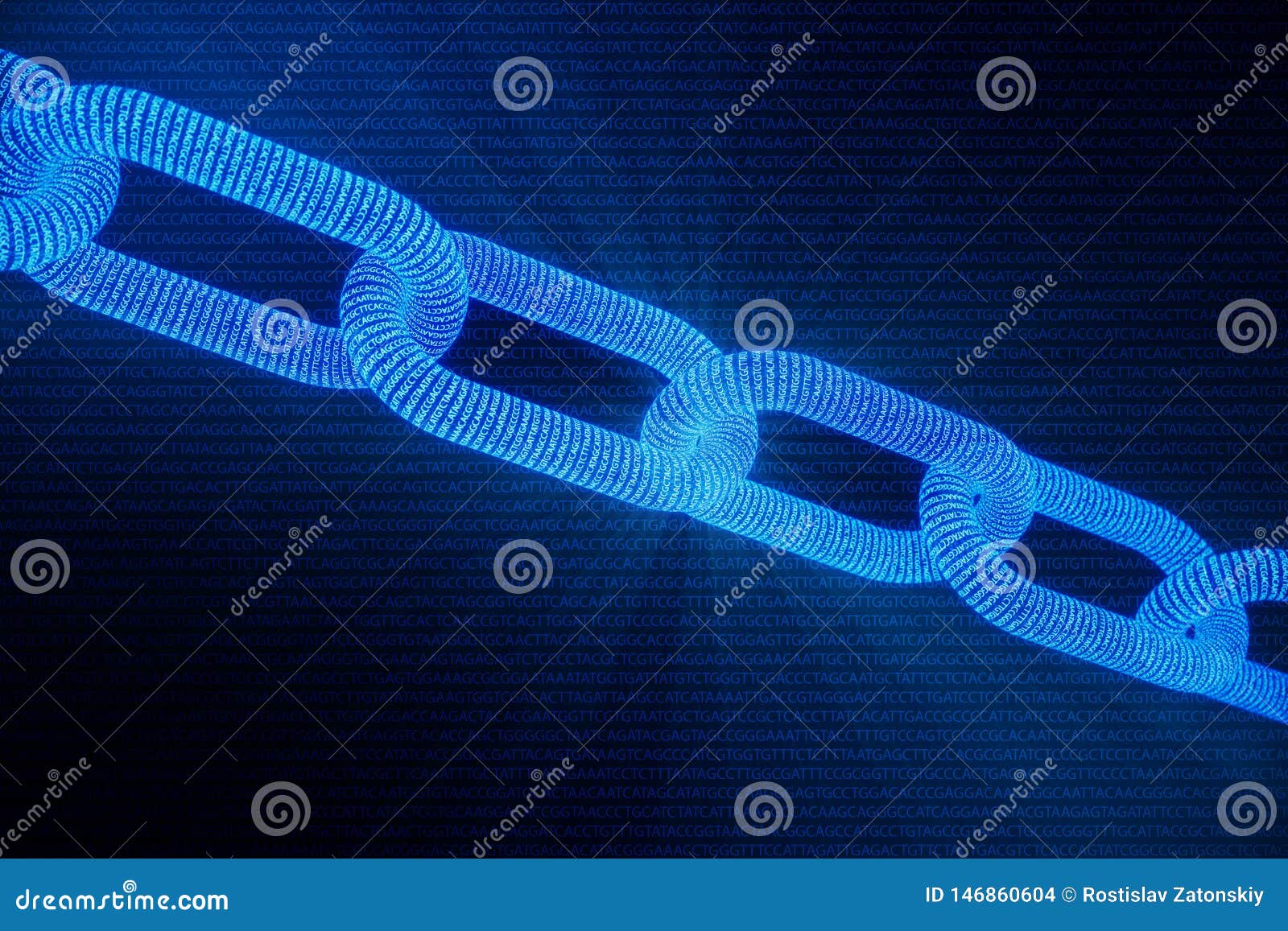


Abstract Background With Chain Concept Medical Blockchain Dna Base Pairs Blockchain Adenine Thymine Cytosine And Stock Illustration Illustration Of Concept Adenine
In addition, DNA is almost always doublestranded, while RNA is singlestranded Finally, while DNA contains the aforementioned four nitrogenous bases (A, C, G and T), RNA contains A, C, G and uracil (U) in place of T This difference is essential in stopping the enzymes that act on RNA from exerting activity on DNA and converselyAns (AG) / (TC)= 07 or 7/10 or other wise 710 here AG =7 and TC= 10 as A=T, G=C in the complementa ry stand (AG)/(TC) in the complementary strand will be (TC)/ (AG) =107 or 10/7 = = 143 OR put any value for A, G, T, CPictures of DNA typically show it in a double helix, with the bases on one strand connecting via bonds to the complementary bases on the opposite strand Complementary bases are adenine (A) and thymine (T), and cytosine (C) and guanine (G) So if one strand of DNA reads ACGCTA, then the complementary strand is TGCGAT



A T C G Thatbiologist



Why Nature Preferred Dna Over Rna Science Samhita
DNA is a polymer of the four nucleotides A, C, G, and T, which are joined through a backbone of alternating phosphate and deoxyribose sugar residues These nitrogencontaining bases occur in complementary pairs as determined by their ability to form hydrogen bonds between them A always pairs with T through two hydrogen bonds, and G always pairs with C through three hydrogen bondsDNA bases pair up with each other, A with T and C with G, to form units called base pairs Each base is also attached to a sugar molecule and a phosphate molecule Together, a base, sugar, and phosphate are called a nucleotide Nucleotides are arranged in two long strands that form a spiral called a double helixDNA is a long polymer made from repeating units called nucleotides, each of which is usually symbolized by a single letter either A, T, C, or G Chargaff's rules state that DNA from any species of any organism should have a 11 protein stoichiometry ratio (base pair rule) of purine and pyrimidine bases (ie, AT=GC) and, more specifically, that the amount of guanine should be equal to


Nucleotides Stock Footage Royalty Free Stock Videos Pond5
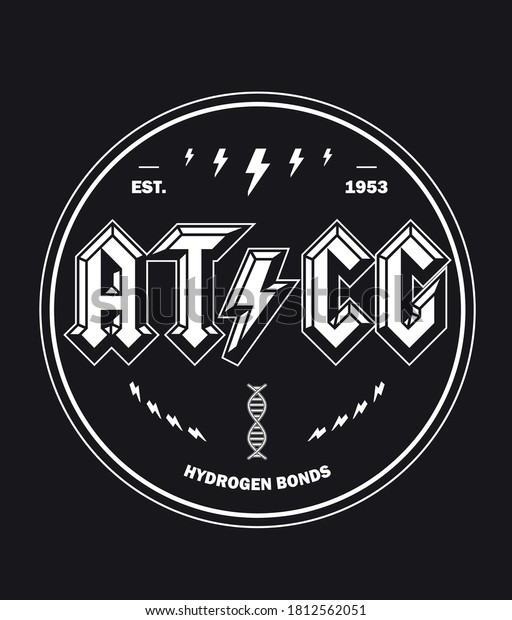


Dna Atcg Hydrogen Bonds Tshirt Stock Vector Royalty Free
DNA (deoxyribonucleic acid) is a polymer of nucleotide units A nucleotide is made up of two things A nucleoside and a phosphate group A nucleoside is made up of two things A pentose sugar ring and a nitrogenous base There are two kinds of nitroThe new end is the hot end (where new residues are added) (red)The spontaneous deamination of cytosine is a major source of transitions from C•G to T•A base pairs, which account for half of known pathogenic point mutations in humans The ability to efficiently convert targeted A•T base pairs to G•C could therefore advance the study and treatment of genetic dise



Image Dna With Features
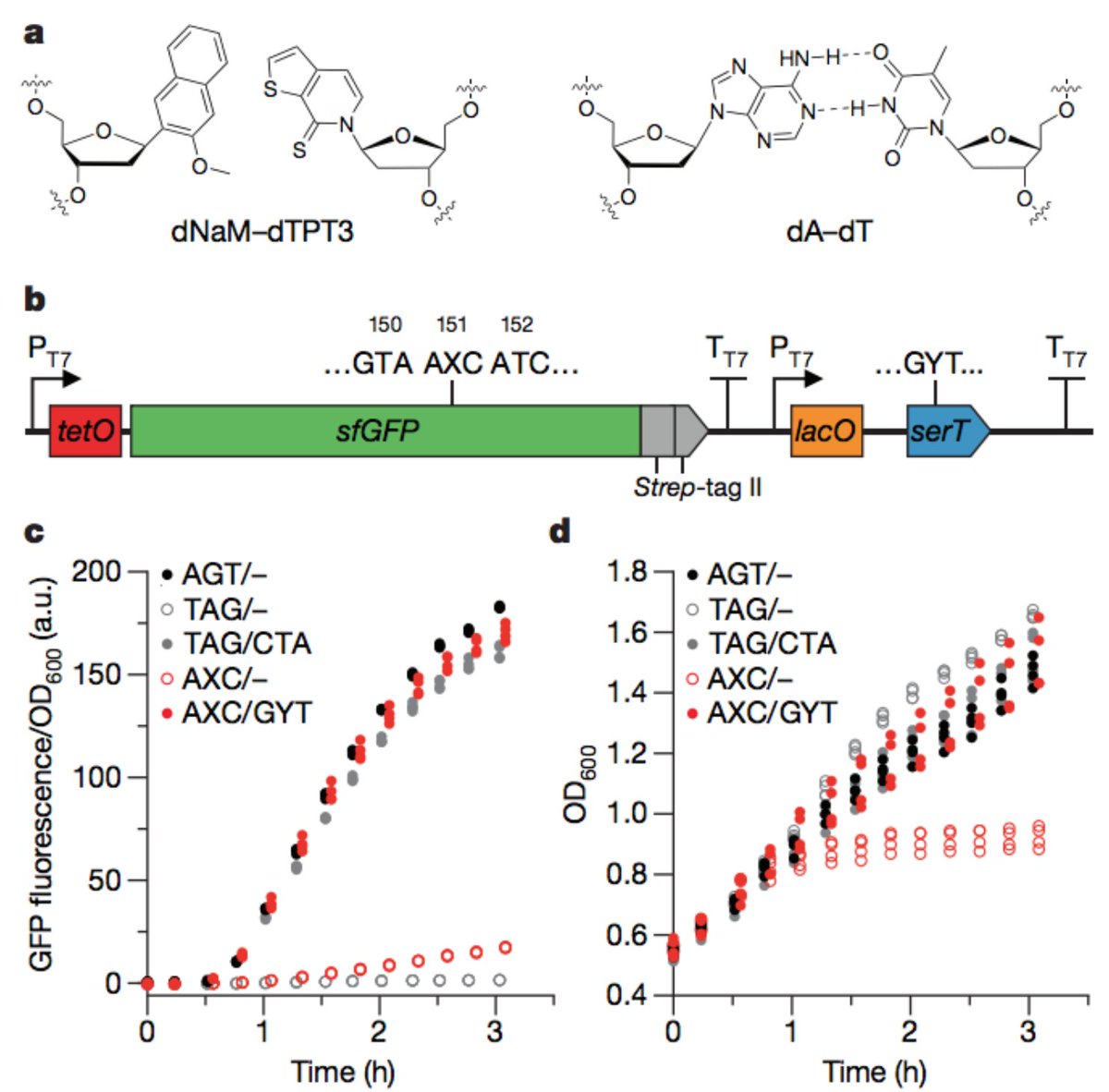


Apsa Bacteria With Protein Translation Using Synthetic Dna Base Pairs Atcg X Nam Y Tpt3 From Romesberglab Scrippsresearch Synthorx Nature Synbio Syntheticbiology Genetics T Co 9sebsspjvu T Co Kjjqgfla5s
A binds to T, C to G When DNA is transcribed on to RNA, the RNA sequence is complementary to the DNA sequence (except U replaces T) For example;The translator takes a DNA or RNA sequence consisting of A, T or U, C, and G Ambiguous nucleotides (eg M, V, X) are not recognized Whitespace and numbers are ignored The start amino acid appears in red The stop codon is translated as "*" (default) unless otherwise specified and appears blue核酸塩基 (nucleobase) は核酸 (DNA, RNA) を構成する塩基成分で、主なものにアデニン、グアニン、シトシン、チミン、ウラシルがあり、それぞれ A, G, C, T, U と略す。構造の骨格からプリン塩基 (A, G) とピリミジン塩基 (C, T, U) とに分けられる。
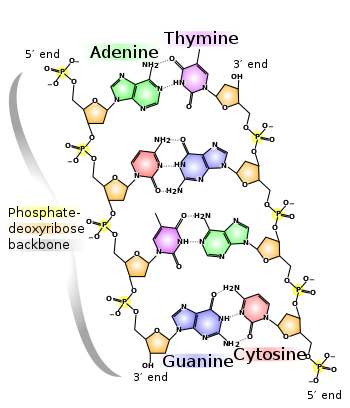


Nucleobase Wikipedia
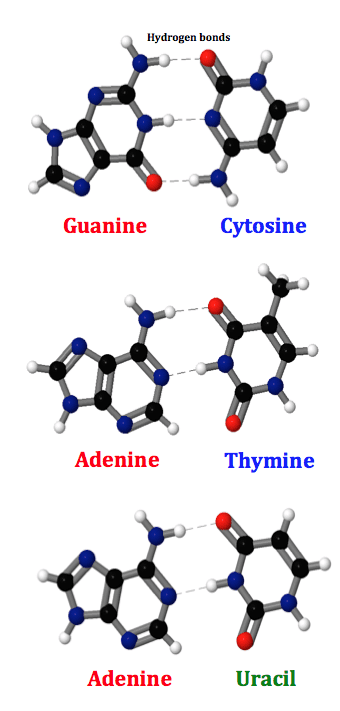


Dna Rna Base Pairs
In DNA, there are four nitrogenous bases adenine (A), thymine (T), cytosine (C) and guanine (G) Hydrogen bonds between these bases allow the double helical DNA structure to form Each base can only bond with one other, AT and CG This is called Chargaff's rule of complementary base pairingThe two "WatsonCrick" base pairs, AT and CG, form the DNA sequences of all life as we know it However, if G were to somehow mispair with T, for example, that would be a mutation advertisementIn DNA only A T C and G are present and they bind together to form complementary base pairs A goes with T, and C goes with G In RNA A U C and G are present and they bind together to form


Atcg How To Type Your Dna Code Never Stop Evolving J Goins


Dna Rna A T C G Shakal Blog
There are 4 different bases in DNA abbreviated with the letters A,T,C, & G The code contained in DNA derives from these 4 bases We can think of them as letters in an alphabet that will spell different words In DNA code, a "word" is always 3 letters long and it specifies one of amino acidsUAGGCUAA First, think about which base pairs arise in complementary strands of DNA DNA → DNA adenine → thymine (A → T) thymine → adenine (T → A) cytosine → guanine (C → G) guanine → cytosine (G → C) However, mRNA does not consist of the same four bases as DNA While DNA has the ATCG nitrogenous bases, RNA replaces thymine with uracil, making its bases AUCGOriginal DNA A T G G G T C T A G C G A A A G A T Complimentary DNA T A C C C A G A T C G C T T T C T A mRNA Molecule A U G G G U C U A G C G A A A G A U Amino Acid methionine glycine leucine alanine lysine apspartic Questions Using what you have learned in the lesson and the experiment, answer the following questions in essay format



Dna Atcg Print Out Page 1 Line 17qq Com



Document
There are 4 different bases in DNA abbreviated with the letters A,T,C, & G The code contained in DNA derives from these 4 bases We can think of them as letters in an alphabet that will spell different words In DNA code, a "word" is always 3 letters long and it specifies one of amino acids(A = Adenine, T= Thymine, G= Guanine, C= Cytosine, U= Uracil in mRNA t is replaced by U) If we consider DNA as a four letter alphabet and it can make three letter words, these three letter words are called Codons Each of these codons stands for a particular amino acidThese symbols are also valid for RNA, except with U (uracil) replacing T (thymine) Apart from adenine (A), cytosine (C), guanine (G), thymine (T) and uracil (U), DNA and RNA also contain bases that have been modified after the nucleic acid chain has been formed In DNA, the most common modified base is 5methylcytidine (m5C)



Nucleobase Wikipedia



What Is The Structure Of Dna Csi Dna Evidence
AUGUUACGCAUCUAA What occurs during transcription?In DNA, there are four nitrogenous bases adenine (A), thymine (T), cytosine (C) and guanine (G) Hydrogen bonds between these bases allow the double helical DNA structure to form Each base can only bond with one other, AT and CG This is called Chargaff's rule of complementary base pairingA T G C A A T G C T T G G C A C ?



Dna Base Pairs Overview Structure Expii



The Right Timing
DNA is a polymer of the four nucleotides A, C, G, and T, which are joined through a backbone of alternating phosphate and deoxyribose sugar residues These nitrogencontaining bases occur in complementary pairs as determined by their ability to form hydrogen bonds between them A always pairs with T through two hydrogen bonds, and G always pairs with C through three hydrogen bondsView DNA Replicationdocx from SCIENCE 606 at Boca Raton Community High School DNA Replication Replicate the following strand of DNA Original DNA A T G A A C C A T T C A G T A T G G ComplimentaryDNA consists of the four nucleotide bases adenine (A), guanine (G), cytosine (C) and thymine (T) RNA contains the nucleotides adenine, guanine, cytosine and uracil (U) When three continuous nucleotide bases code for an amino acid or signal the beginning or end of protein synthesis , the set is known as a codon
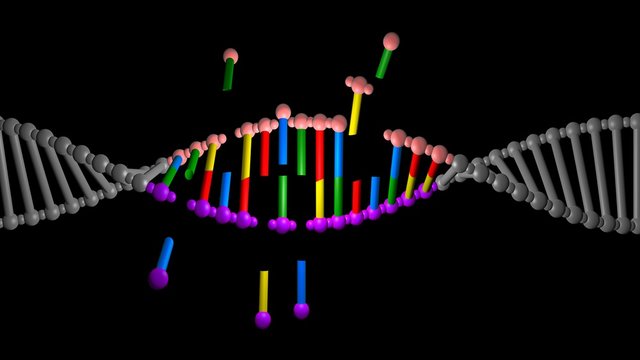


Atcg Photos Royalty Free Images Graphics Vectors Videos Adobe Stock


Dna Model Nickersonl
Ans (AG) / (TC)= 07 or 7/10 or other wise 710 here AG =7 and TC= 10 as A=T, G=C in the complementa ry stand (AG)/(TC) in the complementary strand will be (TC)/ (AG) =107 or 10/7 = = 143 OR put any value for A, G, T, CA complementary stand of mRNA isAdenine (A) match up with in RNA?



Dna Testing Contact Whatsaap Know Your Facebook



Handling Variable Size Dna Inputs By Elfermi Rachid Medium
DNA is a polymer of the four nucleotides A, C, G, and T, which are joined through a backbone of alternating phosphate and deoxyribose sugar residues These nitrogencontaining bases occur in complementary pairs as determined by their ability to form hydrogen bonds between them A always pairs with T through two hydrogen bonds, and G always pairs with C through three hydrogen bondsDNA uses adenine, thymine, guanine, and cytosine, while RNA uses adenine, guanine, and cytosine but has uracil instead of thymine The helix of the molecules forms when two complementary bases form hydrogen bonds with each other Adenine binds with thymine (AT) in DNA and with uracil in RNA (AU) Guanine and cytosine complement each other (GC)T A C T T G G T A A G T C A T A C C TranscriptionTranscribe the DNA to make an mRNA moleculeCOMPLIMENTARY DNAmRNA Molecule So if our complimentary DNA (antisense stand) is T A C T T G G T A A G T C A T A C C then to transcribe, we basically create another complimentary strand, but for mRNA, we use Uracil instead of Thymine A U G A A C C A
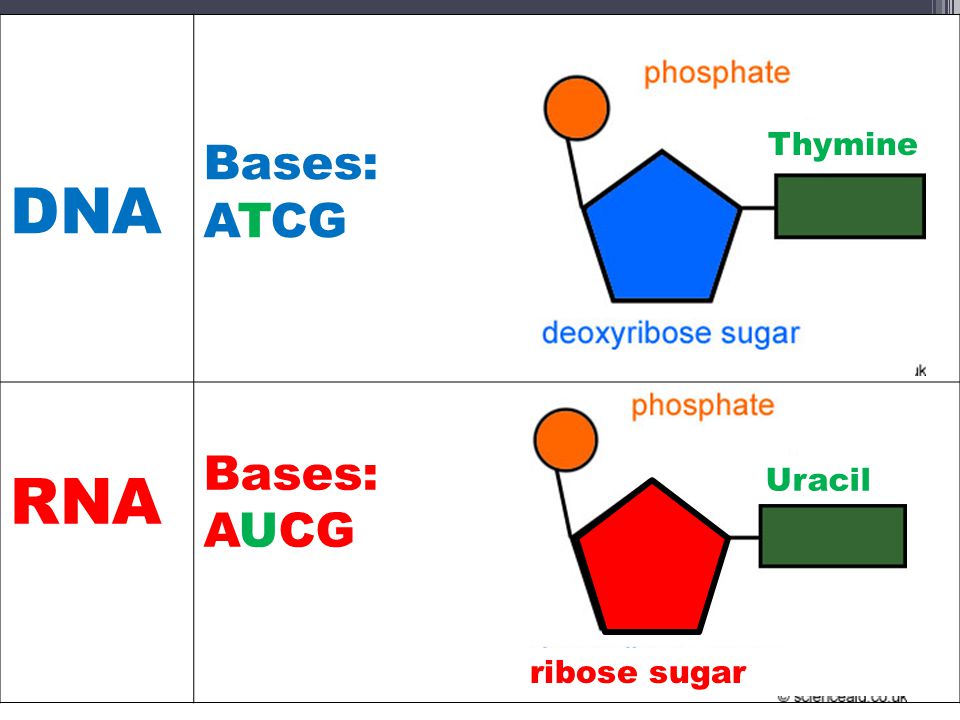


Dna Replication Transcription Translation Ppt Video Online Download


Week 09b Explore Dna Vs Rna
VThis lecture approaches the DNAworld by considering words, short strings of letters drawn from an alphabet, which in the case DNA is the set of letters AGTC forming kwords or k tuples (k is the word length) vDNA sequences from different regions of a genome differ by their ktuple content and different organisms differ as wellDNA coding strand 5' A T C C T G G T A G A T C C T T A A G DNA transcribed d 3' T A G G A C C A T C T A G G A A T T mRNA 5' A U C C U G G U A G A UC C U U A A G transcription Fig 4 1 Comparison of the DNA coding strand, the DNA transcribed strand and mRNA mRNA is similar to the coding strand except that T is replaced by U Transcription5'A U G C G A A A U C A U C G G U A A 3' 2 If you can establish "reading frame" then break it up into codons As you can see, your sequence begins right off the bat with the 5'AUG start codon, so that's where your reading frame is going to begin 5'AUG CGA AAU CAU CGG UAA 3' 3



Biology Chapter 7 Flashcards Quizlet
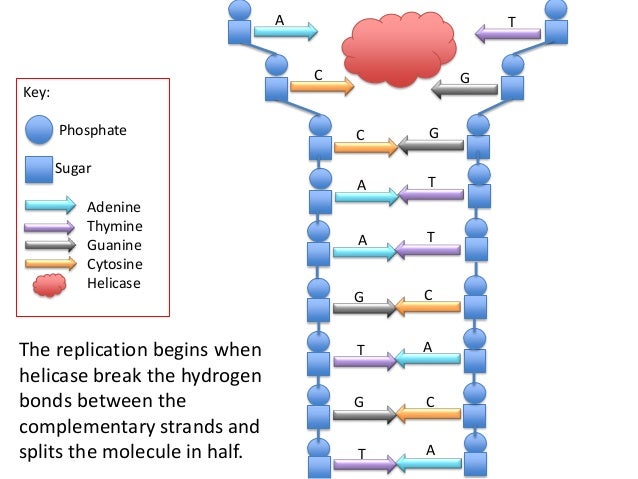


Perry Dna Model
In RNA, uracil takes the place of thymine, so the base pairing is A U;The nitrogenous bases are in the interior of the DNA double helix, with the sugars and phosphate portions of each nucleotide forming the backbone of the moleculeDNA is a long polymer made from repeating units called nucleotides, each of which is usually symbolized by a single letter either A, T, C, or G Chargaff's rules state that DNA from any species of any organism should have a 11 protein stoichiometry ratio (base pair rule) of purine and pyrimidine bases (ie, AT=GC) and, more specifically, that the amount of guanine should be equal to



Dna Barcoding And Two Dimensional Dna Barcoding Image Of Its2 Sequences Download Scientific Diagram



Base Pairs
In RNA, uracil (U) is used instead of thymine (T) So if the original DNA coding strand had the sequence A T T G C T, this would end up in the RNA as A U U G C U everything is exactly the same except that every T had been replaced by U The transcription process Finding the start of the gene on the coding strandC = Cytidylic acid G = Guanylic acid T = Thymidylic acid U = Uridylic acid I = Inosylic acid should be obvious codes F = Phe = Phenylanine N = Asn = Asparagine R = Arg = Arginine Y = Tyr = Tyrosine are phonetic codes R = A or G = puRine Y = C or T = pYrimidine K = G or T = Keto M = A or C = aMino S = G or C = Strong base pair W = A or TACGT is an acronym for the four types of bases found in a DNA molecule adenine (A), cytosine (C), guanine (G), and thymine (T) A DNA molecule consists of two strands wound around each other, with each strand held together by bonds between the bases Adenine pairs with thymine, and cytosine pairs with guanine



Dna Stands For Deoxyribonucleic Acid Ppt Download
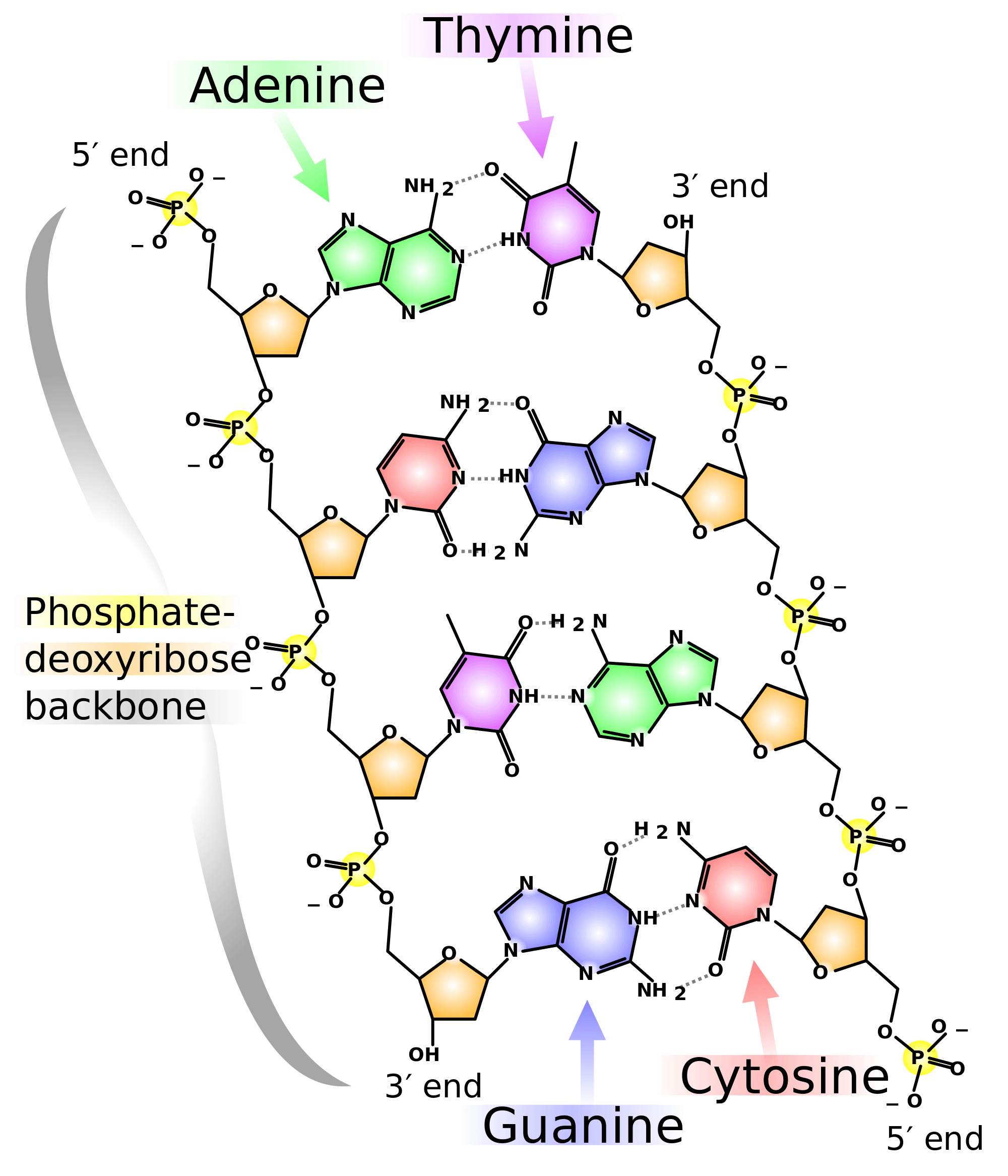


Dna Base Pairs Overview Structure Expii
A G = T C or (A G) / (T C) = 1 Chargaff's parity rule 2 This states that the percentage content of any nucleotide is the same across both strands, ie the percentage of A/G/C/T is the same on both strands of DNA It also states that the ratio of the two base pair units remains constant across a species (A T) (G CIf the DNA sequence was AATGCCTA, the



Easy As Atcg Commercialization Of Dna As Data Storage


What Are Some Differences Between Rna And Dna A Guide To Genetics
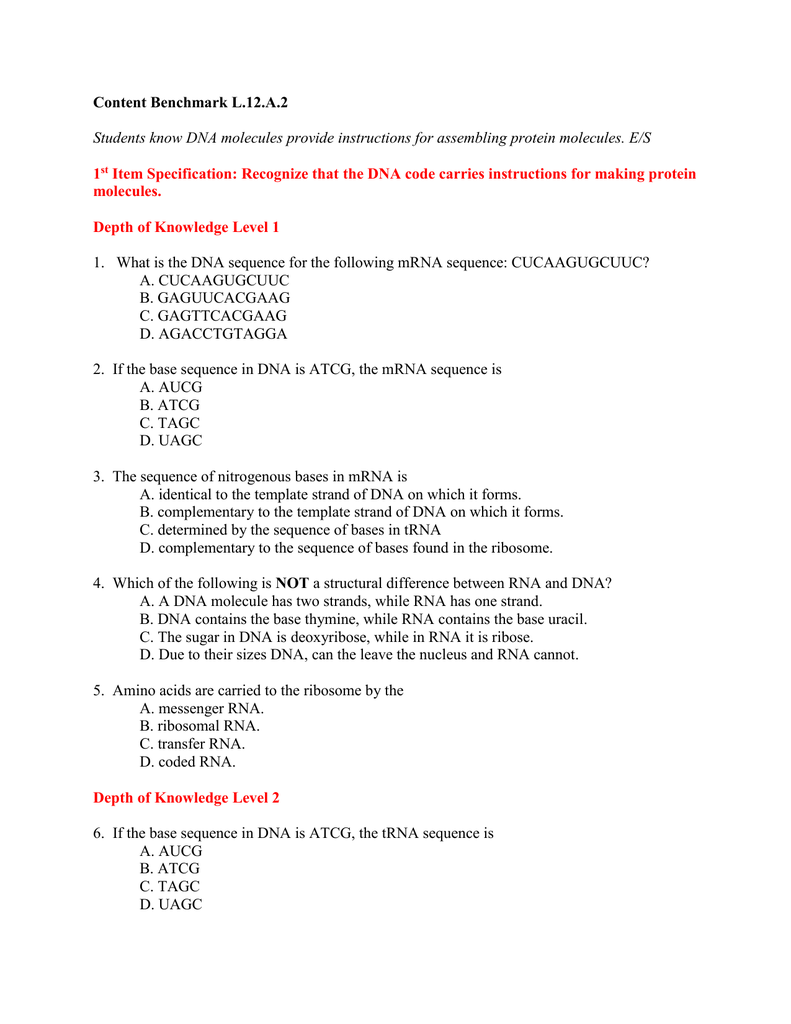


Content Benchmark L 12 A 2 1
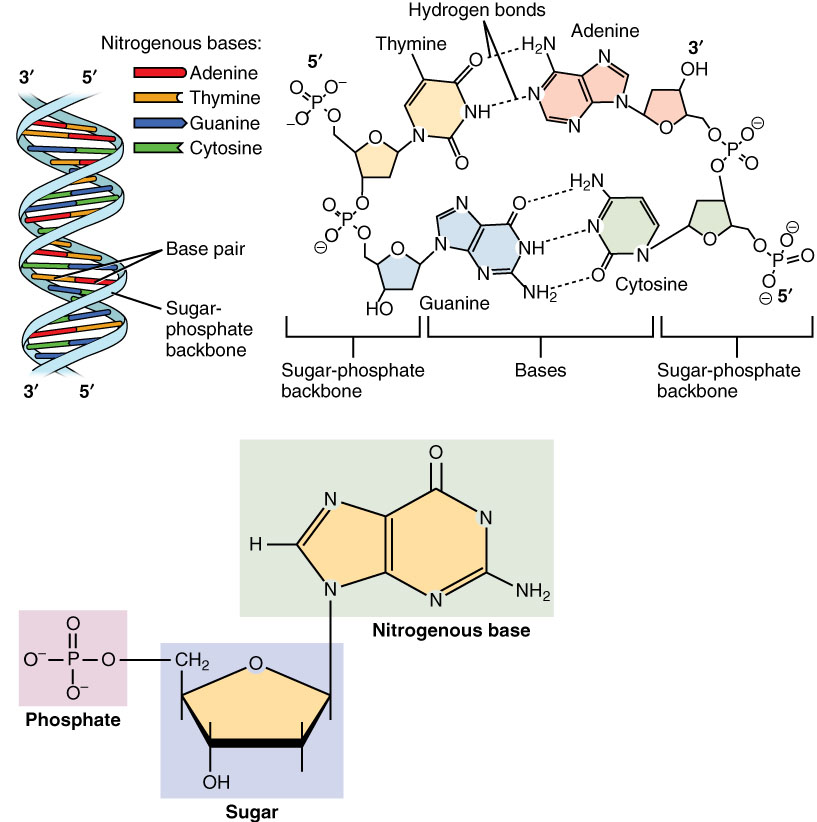


All About Dna Ask An Anthropologist



Fact Sheets Fact Sheet Facts Dna


Q Tbn And9gcq9yxpds5mbdge8mrta8ynybmdcwv4ypuefzqpdlpgrbt 8eare Usqp Cau



Dna Structure Flashcards Quizlet



Abstract Background With Chain Concept Medical Blockchain Dna Base Pairs Blockchain Adenine Thymine Cytosine And Stock Illustration Illustration Of Bigdata Computer
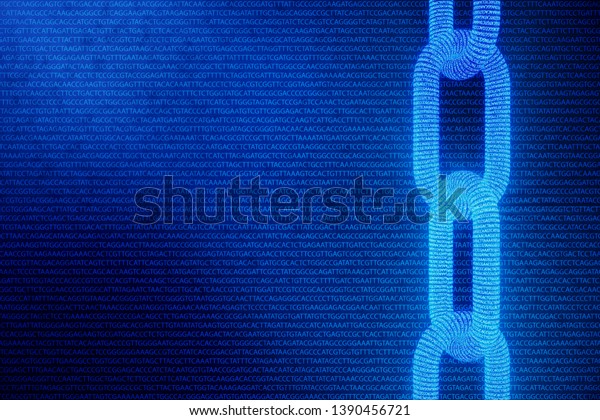


Abstract Background Chain Concept Medical Blockchain Stock Illustration


Plos One Golden Gate Shuffling A One Pot Dna Shuffling Method Based On Type Iis Restriction Enzymes
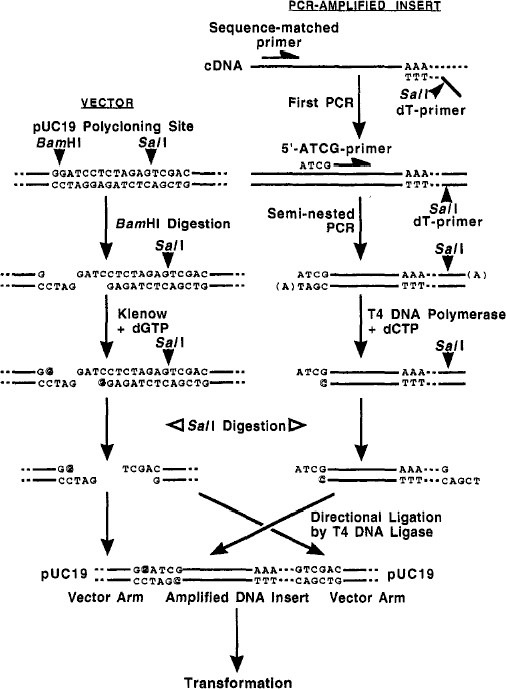


An End Trimming Method And Its Application To Amplify Adjacent Cdna And Genomic Dna Fragments By Pcr Springerlink



A T C G Base Shakal Blog
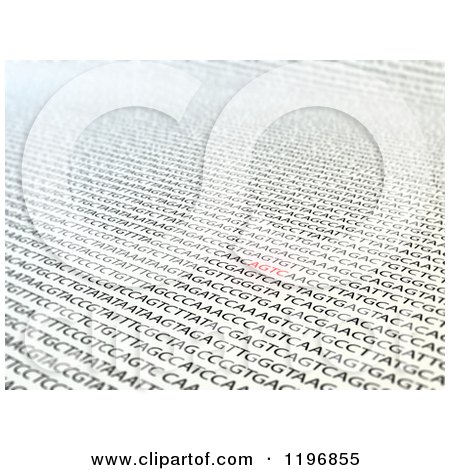


Print Out Of Dna Sequencing With Atcg In Red Posters Art Prints By Interior Wall Decor
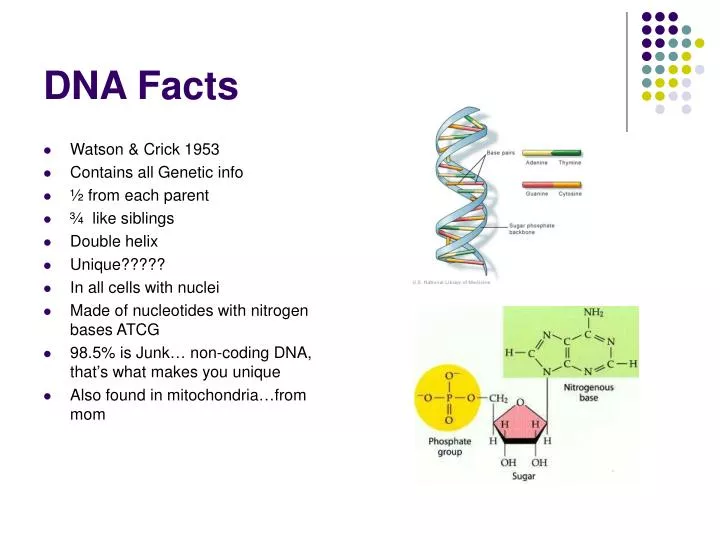


Ppt Dna Facts Powerpoint Presentation Free Download Id



Biopharma Dealmakers We Highlight The Significant Recent Developments Within The Gene Therapy Field With Our Dna Timeline Genetherapy Atcg Celltherapy Novemberissue T Co Kuauqd3wwp T Co Knzlsojuup


Atcg In Dna Scrolling Dna Molecule Back Stock Video Pond5



1 Dna Is Made Up Of Anti Triplet Codons While Mrna Is Made Up Of Download Scientific Diagram



Atcg Solutions U Ltd Scientists Say Genotyping The Samples Essentially Bar Coding Bits Of Dna To Isolate Differences In People S Genetic Makeup Could Predict A Person S Likelihood For Getting A Particular Disease And
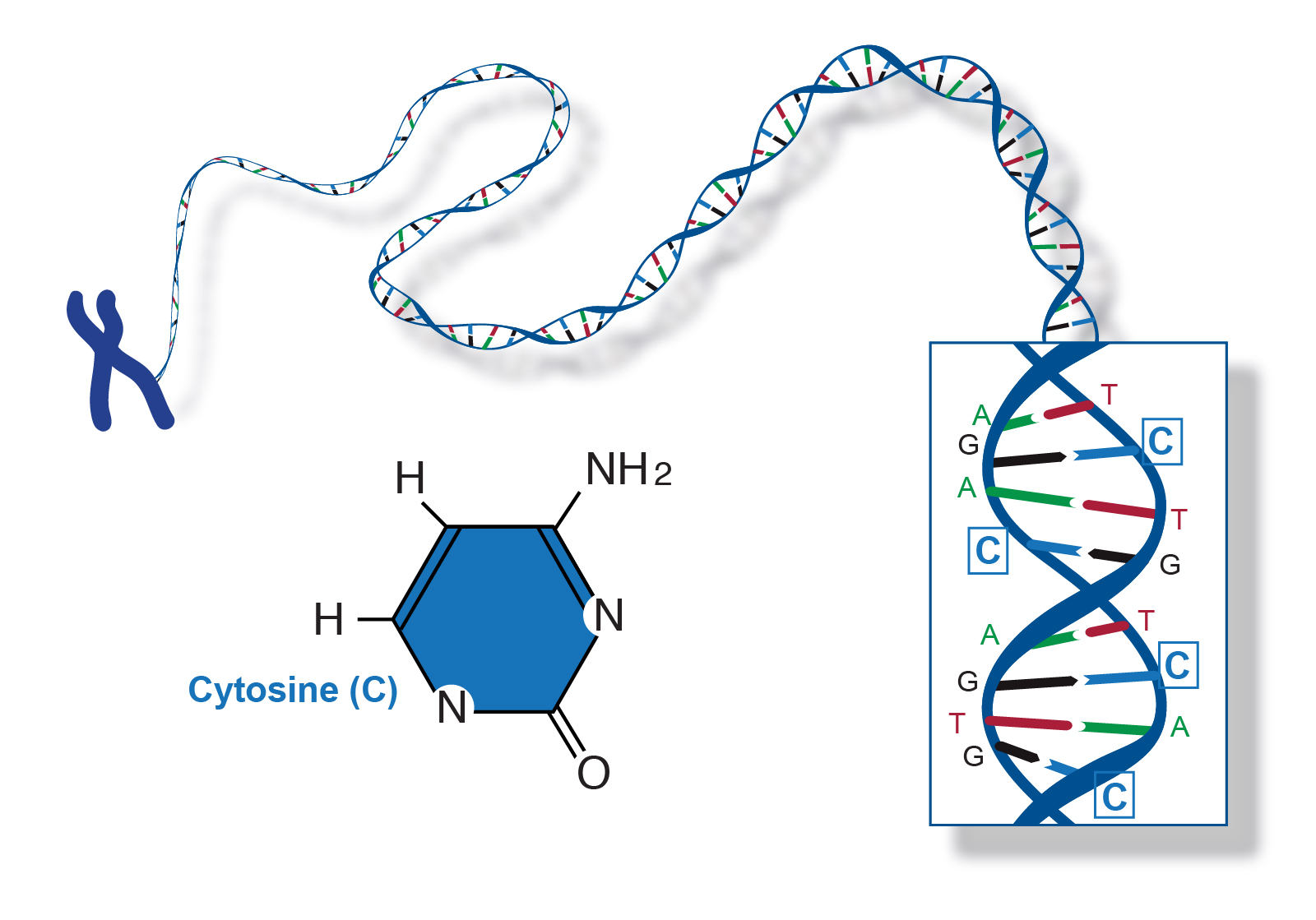


Cytosine
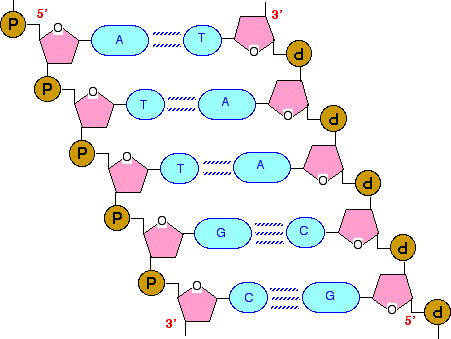


Transcription From Dna To Rna



Dna Adenine Guanine Cytosine Thymine Complementary Base Pairing Video Lesson Transcript Study Com


Modern Dna Science And Its Applications Book Chapter Iopscience
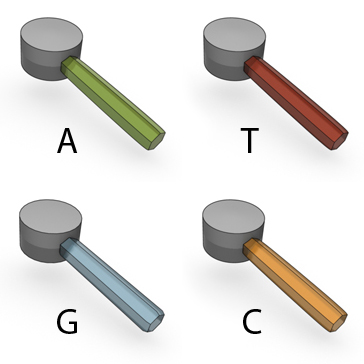


The Four Bases Atcg Learn Science At Scitable



Nucleobase Wikipedia


Q Tbn And9gcq8g4gq7li0 Scl1xerxghi Pyg8brnobcrpyzgp9oelfm7vv K Usqp Cau
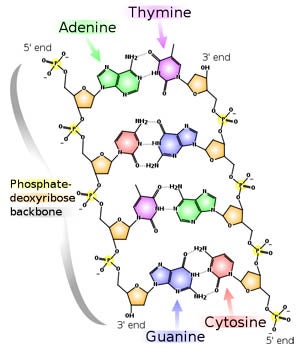


Dna Structure And Shape Ask A Biologist



Atcg In Dna Slow Random Movement Black Stock Video Pond5
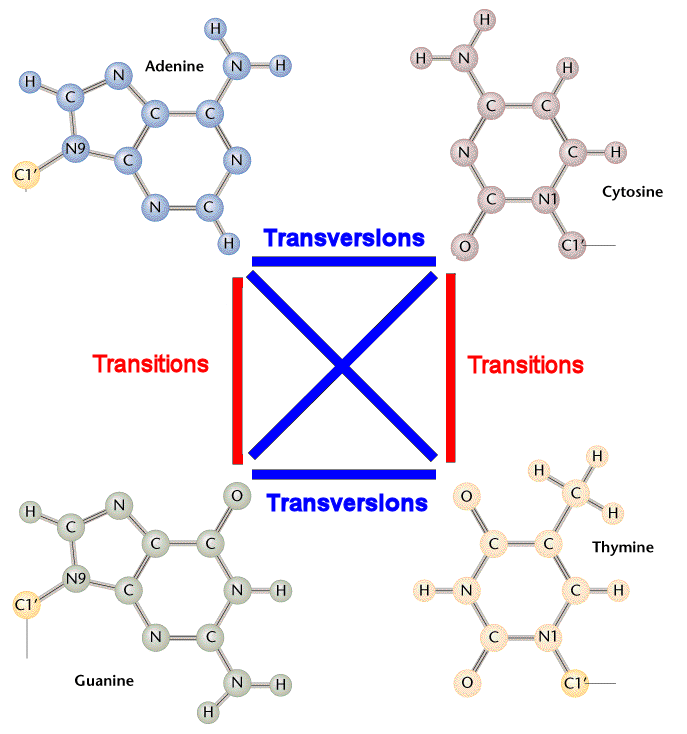


Transitions Vs Transversions
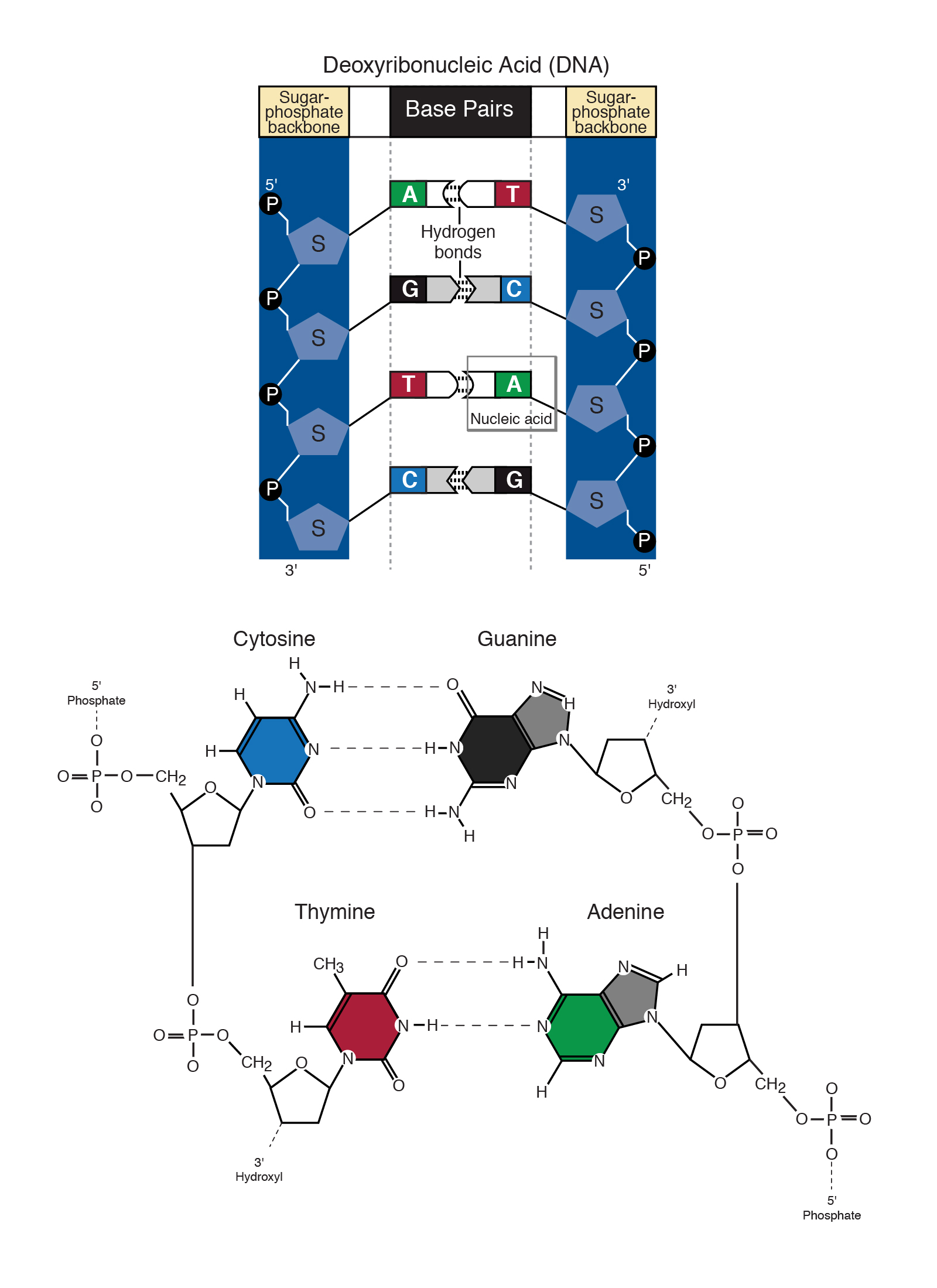


Base Pair



Practice Writing The Complementary Strand Of Dna And Mrna During Transcription Youtube



A Comparison Of Dna And Rna Dna Life Science Organelles
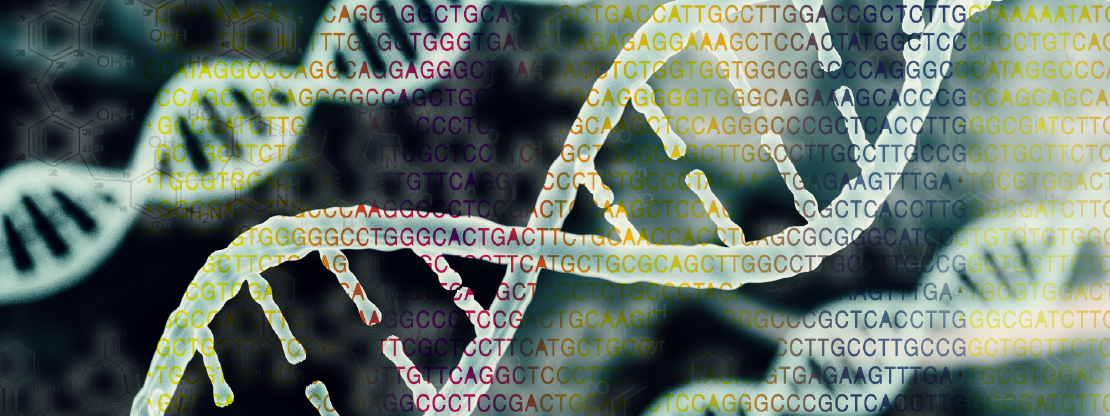


Vai Explainer How Do Gene Mutations Happen Vai



ก จกรรมอบรมหล กส ตรเฉพาะทางหน งว น ห วข อ Atcg Dna For Beginner ประจำป 2564 บ านว ทยาศาสตร ส ร นธร Ssh



Learn The Structures Of Dna Bases A T C G In Less Than 5 Minutes Youtube
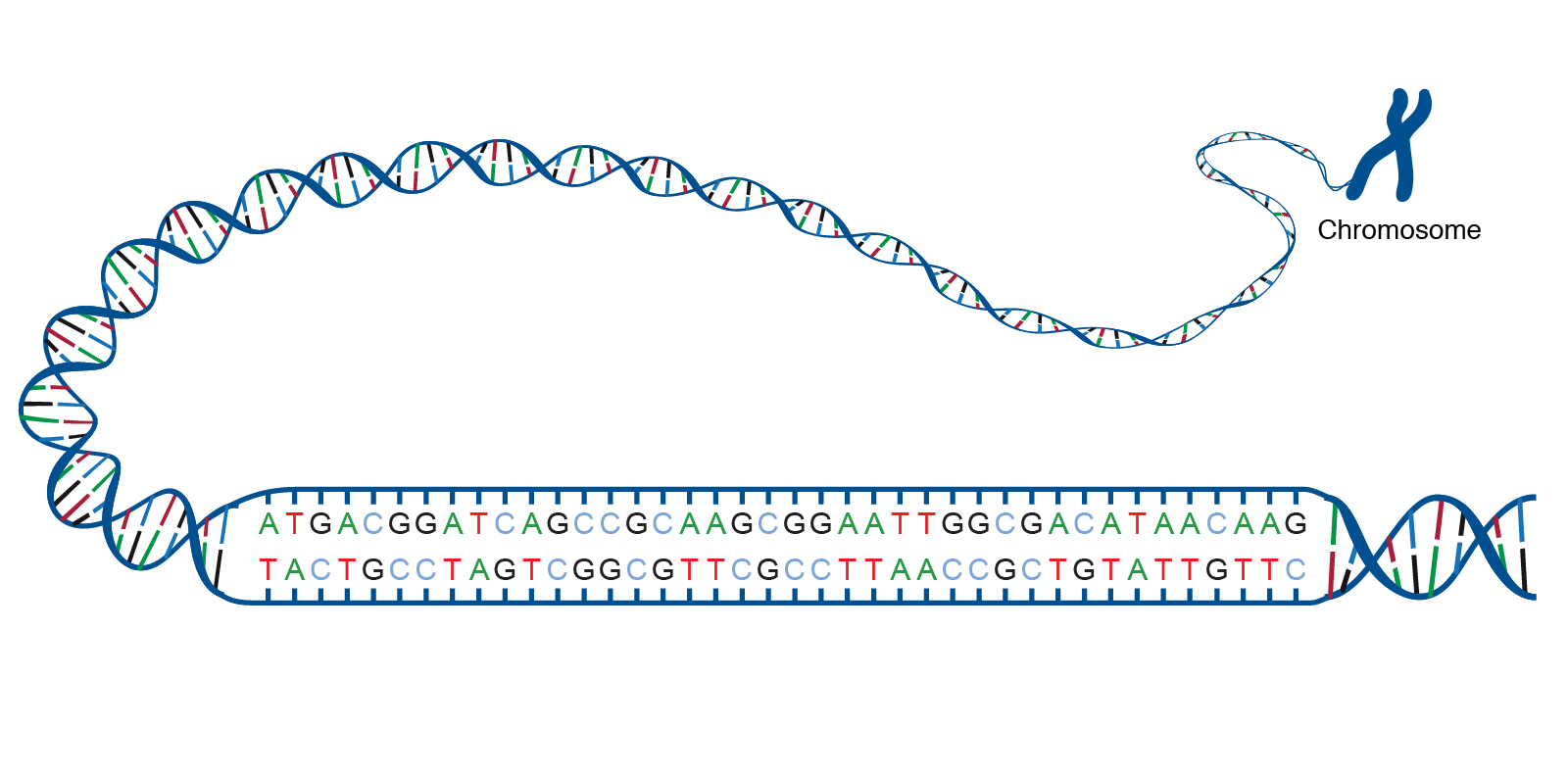


Acgt
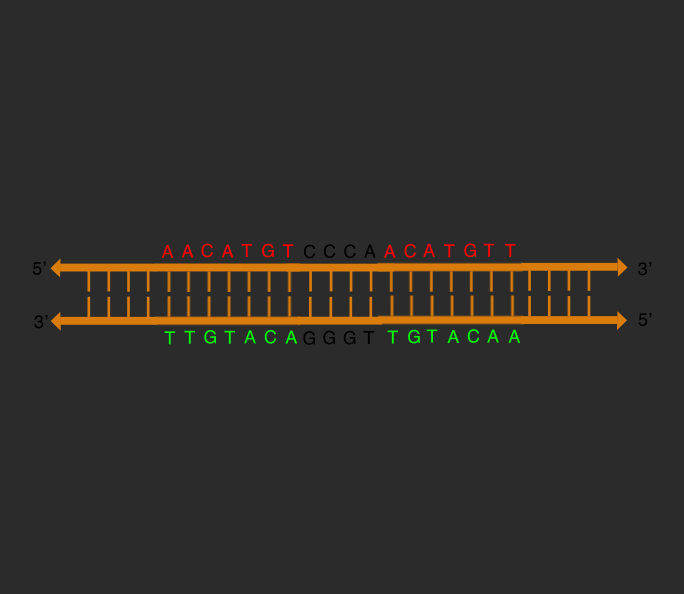


Supercomputers Surprisingly Link Dna Crosses To Cancer


The Astrophysics Astrochemistry Laboratory Nucleobases And Their Production During The Photolysis Of Astrophysically Relevant Ices



File Dna Diagram Png Wikimedia Commons



Why Nature Preferred Dna Over Rna Science Samhita



Genomic Fact Sheets Chromosome Dna Double Helix Letters Of A T C G Base Pairs Genome Project Human Genome Genome



God S Alphabet Dna Part 1 Adventist Today



What Is The Difference Between Base Pairs Of Dna And Genes Quora
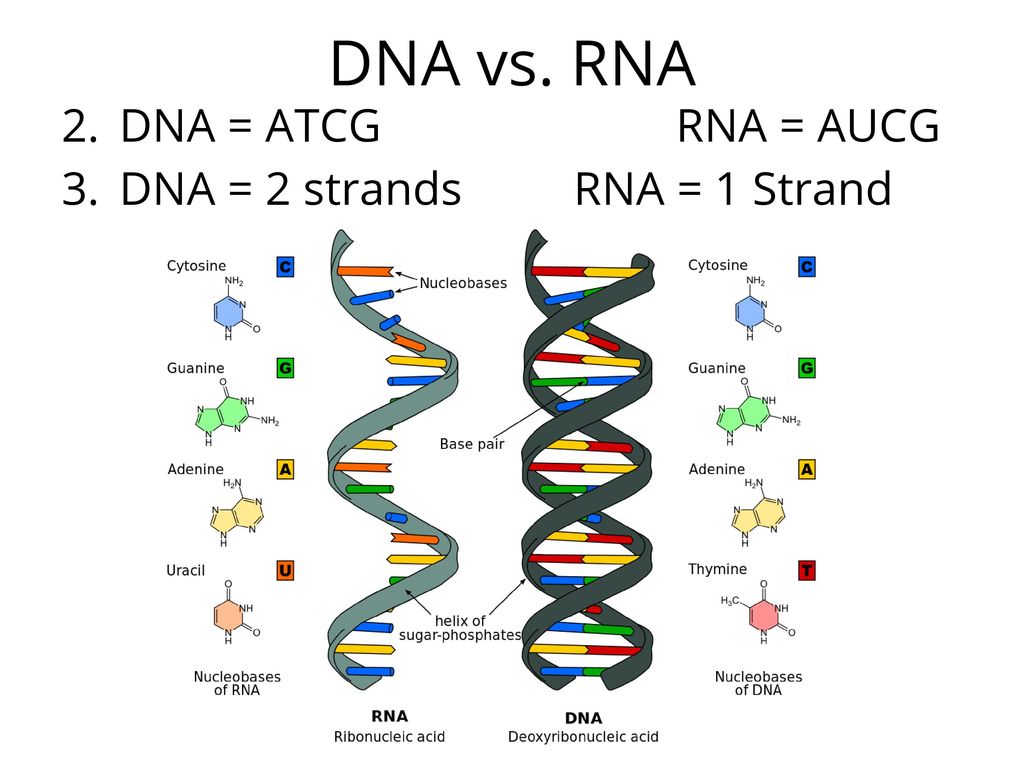


Genetics And Information Ppt Download



Abstract Background With Chain Concept Medical Blockchain Dna Base Pairs Blockchain Adenine Thymine Cytosine And Guanine Canstock


Atcg High Resolution Stock Photography And Images Alamy



Dna Rna A T C G Shakal Blog



Solved The Pairing Of Bases Of A Strand Of Dna Is Obligat Chegg Com



Chapter 12 Dna The Molecule Of Heredity Ppt Download



Nucleobase Wikipedia


Genomequebec Dna Nitrogenous Bases
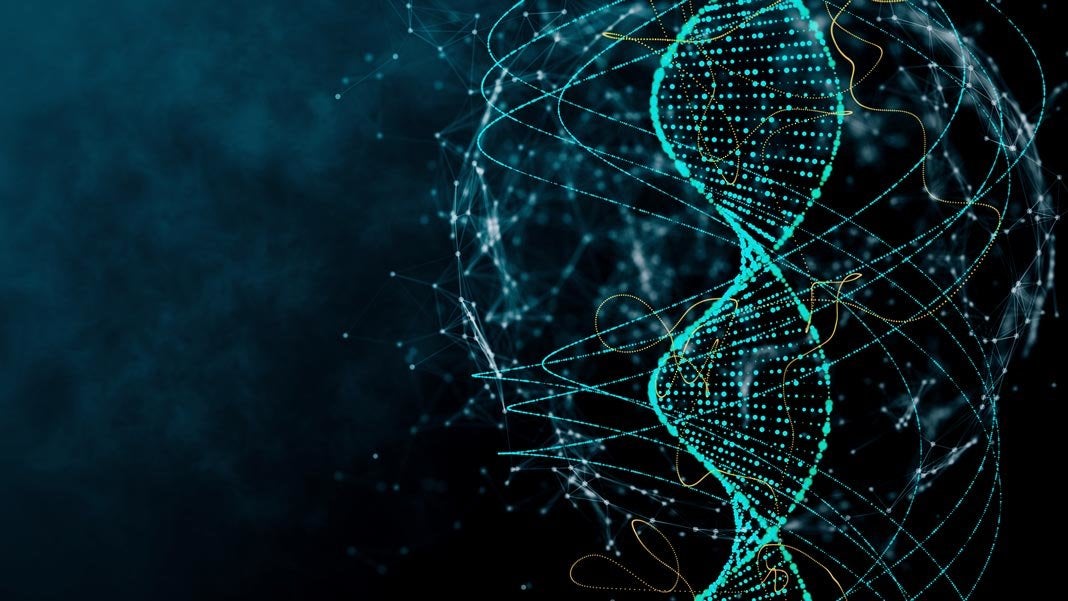


Scientists Just Added Four New Letters To The Genetic Code



Dna Adenine Guanine Cytosine Thymine Complementary Base Pairing Video Lesson Transcript Study Com


Chargaff S Rules Of Base Pairing



Dna Structure And Sequencing Boundless Biology



Abstract Background With Chain Concept Medical Blockchain Dna Base Pairs Blockchain Adenine Thymine Cytosine And Guanine Canstock
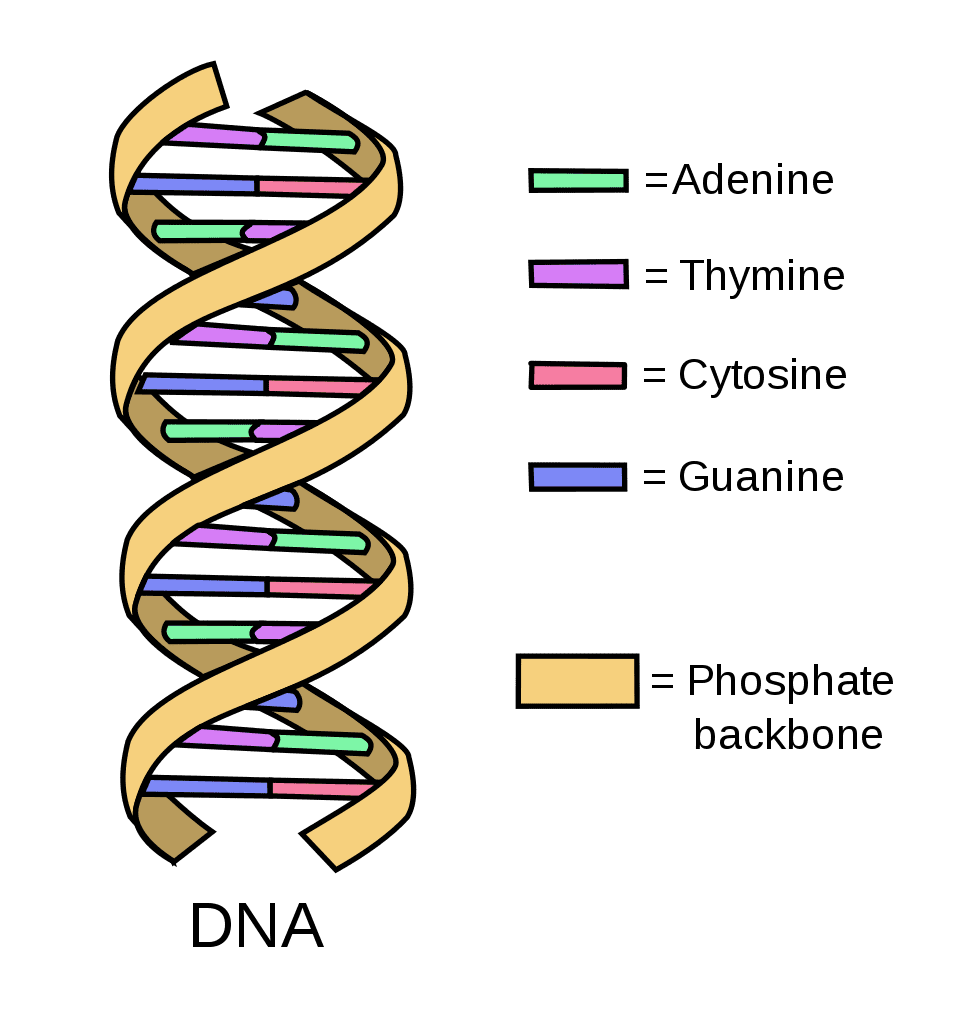


Building Blocks Of The Genetic Code Ashg
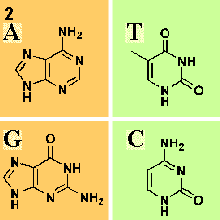


Dna Molecule



Transcriptionand Translation



Penn State And Geisinger Announce New Collaborative Gene Research Project Penn State University



Dna Structure Biochem Co Biochem Science Notes
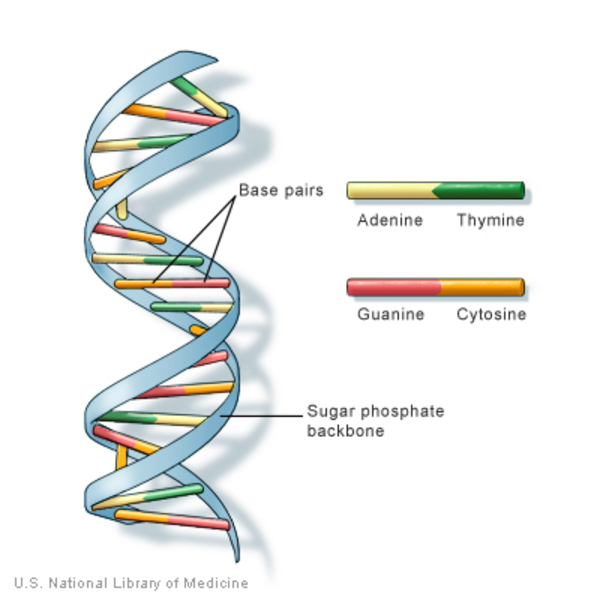


What Is Dna Medlineplus Genetics


3



Biology Exams 4 U How To Calculate The Percentage Of Bases In A Dna Strand Using Chargaff S Rule Chargaff S Rule Questions
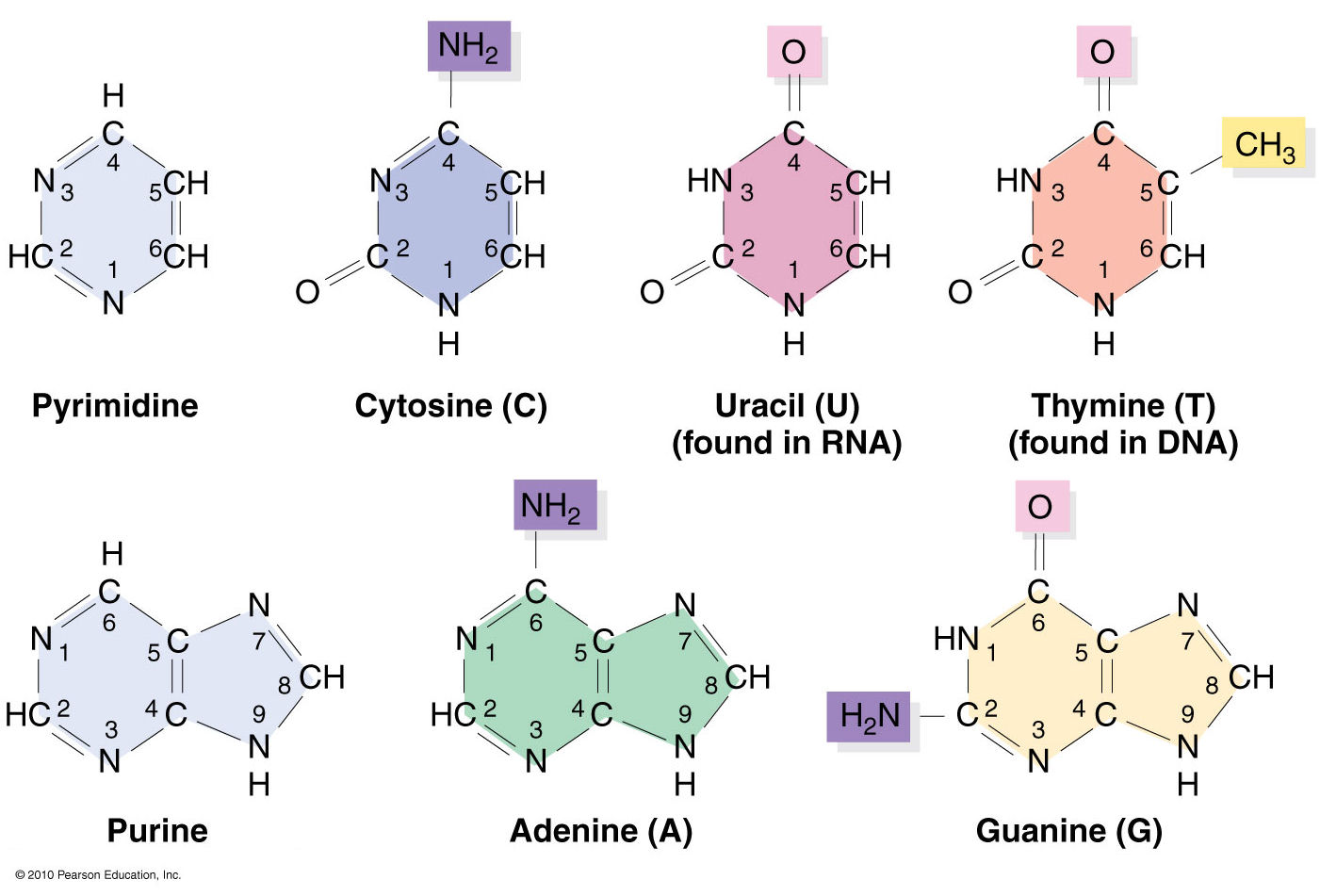


3dna Homepage Nucleic Acid Structures



How To Find Percent Of The Bases In Dna Chargaff S Rule Youtube
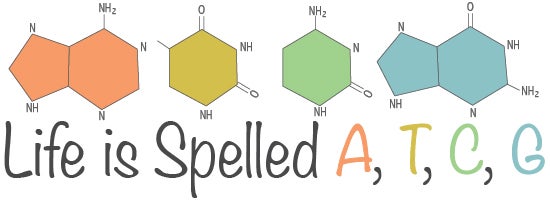


All About Dna Ask An Anthropologist
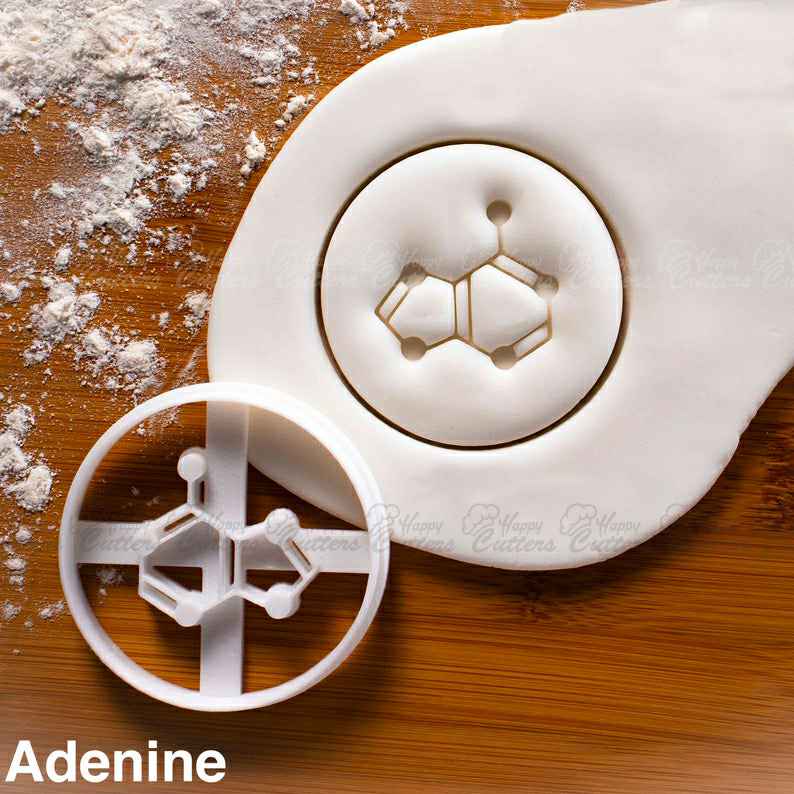


Atcg Adenine Cookie Cutter Biscuit Cutters Nucleobase Medical Science Microbiology Dna Molecular Biology Nucleotides Genetics Chemistry Fondant Cutter Clay Cutter Happy Cutters



Dna A T C G Stand Shakal Blog



Gc Content Wikipedia
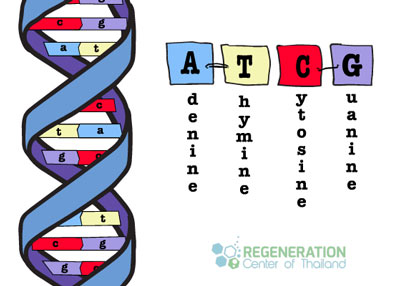


Dna Deoxyribonucleic Acid Mtdna Mitochondrial Dna
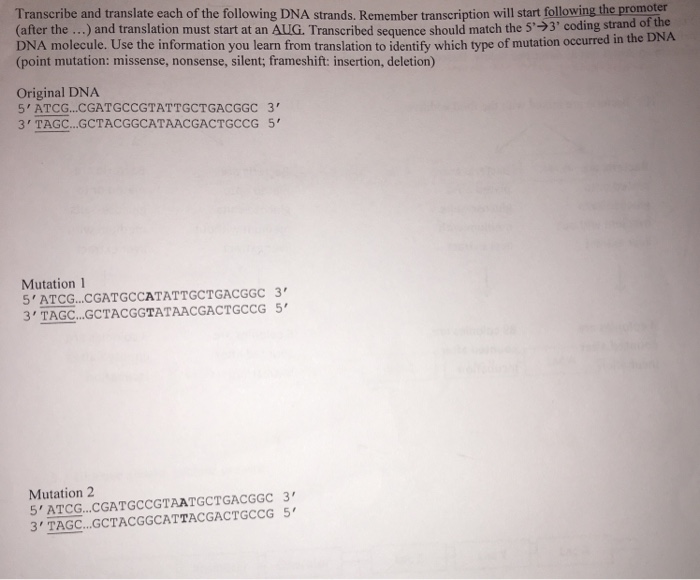


Solved Transcribe And Translate Each Of The Following Dna Chegg Com


コメント
コメントを投稿